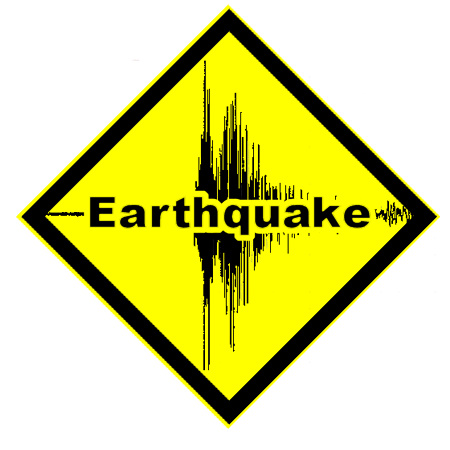
The last damaging earthquake in Washington struck 15 years ago, on Feb. 28, 2001. The next one is scheduled for June 7. The ground isn’t expected to actually shake this spring. But nearly 6,000 emergency and military personnel will pretend it is during a four-day exercise to test response to a seismic event that will dwarf the 2001 Nisqually quake: A Cascadia megaquake and tsunami.
Called “Cascadia Rising,” the exercise will be the biggest ever conducted in the Pacific Northwest. Which is fitting, because a rupture on the offshore fault called the Cascadia Subduction Zone could be the biggest natural disaster in U.S. history.
“It’s really going to require the entire nation to respond to an event like this,” said Kenneth Murphy, regional director for the Federal Emergency Management Agency, which is coordinating the exercise.
While the Nisqually earthquake measured magnitude 6.8, a Cascadia megaquake is likely to hit magnitude 9 — which is nearly 2,000 times more powerful. It will affect the entire West Coast from British Columbia to Northern California, including Seattle, Portland, Tacoma and Vancouver, B.C. The quake will be closely followed by tsunamis 30 feet high — or bigger — that will slam into oceanfront communities.
The damage and casualty estimates in FEMA’s quake scenario are sobering:
• More than 10,000 fatalities, mostly due to the tsunami
• 30,000 injuries
• 7,000 highway bridges and 16,000 miles of highway with high to moderate levels of damage
• 90 percent of port facilities destroyed or damaged
• Natural-gas and refined-fuel pipelines out of service
70 percent of electrical power systems damaged
• Serious damage to water-treatment and sewage plants
“For this scenario, we felt we really had to get all the experts in the room and use the best modeling and research that exists,” said Scott Zaffram, FEMA training and exercises branch chief. But the estimates are just that, he cautioned. The number of deaths, for example, would be much lower if the quake struck at 2 a.m. in January than at noon on a summer’s day when beaches are crowded.
During the Cascadia Rising exercise, emergency managers will do their best to deal with the theoretical catastrophe, with the goal of identifying problems and improving response when the real thing happens.
“We’re going to learn something at every level of government … that will help us figure out better ways to plan for this,” Murphy said.
